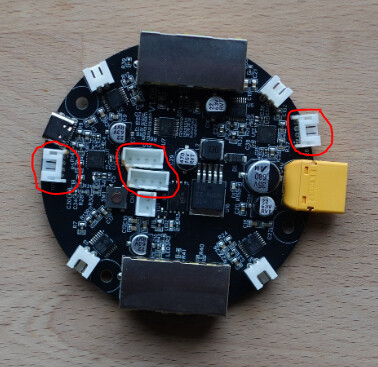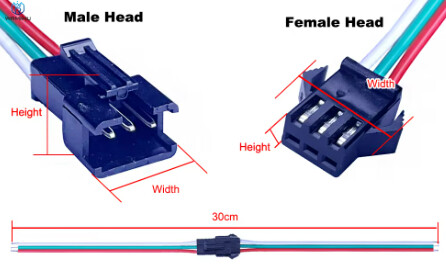John Wolter wrote:
What I don’t get in all this discussion is the assumption that the spools need
to rotate to align with the anchors. In the original Maslow there were only
two motors and hence two measurements to get us two unknowns, x and y. There,
it was critical that the chains point at the center of the sled because
otherwise you needed a third variable which you couldn’t measure.On the Maslow 4 you have 8 measurements at your disposal (4 encoders, 4 motor
currents) if you had fixed arms, you basically would have three unknowns, x,
y, and rotation angle. The math to calculate those is a little hairier, but
not a lot hairier.What am I missing?
We are thinking that the math is enough hairier that we don’t know what it is,
especially when trying to do auto-calibration.
It may be that the key issue is knowing the anchor points rather than trying to
calculate them.
With the Maslow 1, the initial code thought it accounted for the rotation, and
it did a pretty good job with Bar’s prototype, but when it got out in the real
world with other people building the machine, there was just enough variation
that the results were really bad (problems in measuring accurately over the long
distances between anchors being a large part of it)
If you can show the calculations for both forward and reverse kinematics (i.e.
“here are the x/y coordinates, what should the belt lengths be” and “here are
the belt lengths, what are the x/y coordinates”) where you either account for
rotation that happens, or eliminate the rotation, we can see about adding that
in the firmware as an option
The cubiio seems to solve this according to their videos, we don’t know how. I
hadn’t heard of them until a week or so ago. they apparently shipped their
devices in December and it doesn’t look like there is much in the way of updates
since they shipped everything (and I don’t see any links to a community)
David Lang








